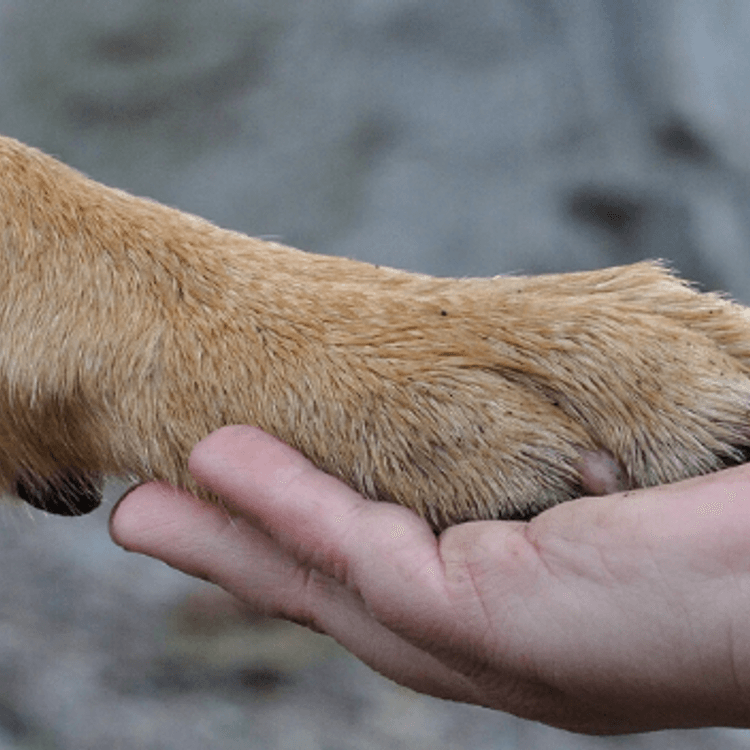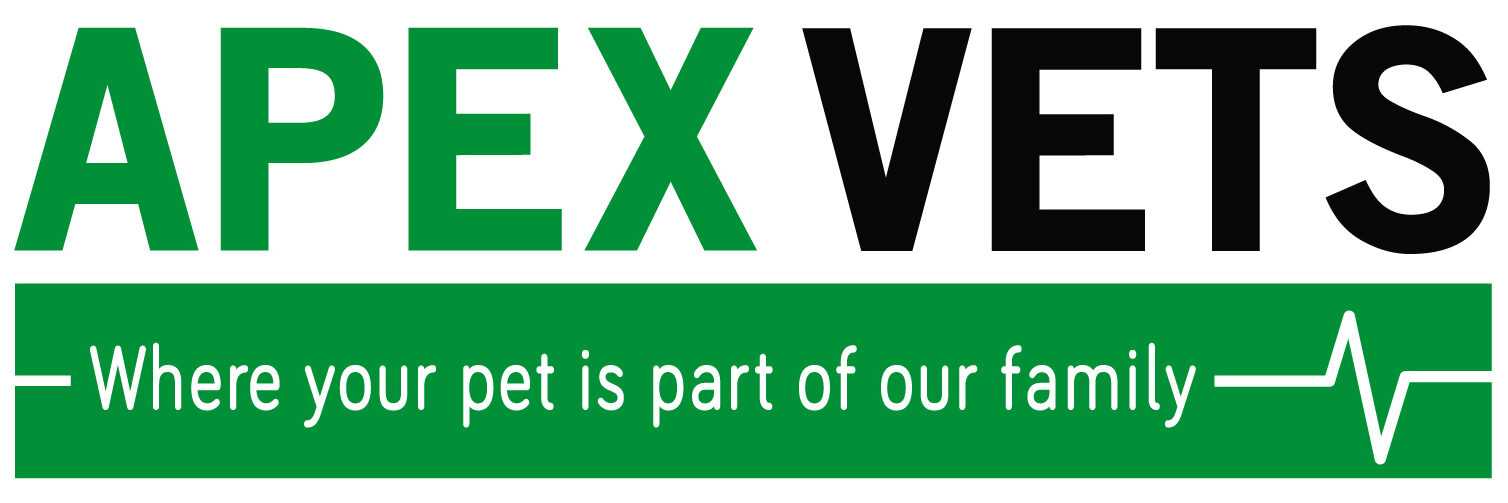Bandage Home care Instructions

Your pet is being discharged with a bandage. This bandage is a vital component to their treatment.
It is important that you follow the following instructions to avoid complications arising:
The bandage must always remain clean and dry. Always cover the dressing with a waterproof plastic bag when outside of the home environment to keep it clean and dry. Ensure this cover is removed as soon as you return as leaving it on will cause the skin to sweat and become sore.
Ensure that your pet cannot damage, lick or interfere with the bandage in any way. A buster collar may be necessary to achieve this.
Limit your pet’s activity until the bandage is removed. Dogs should have very short lead walks for toileting only and cats should be kept indoors.
Examine the bandage daily for signs of swelling above and below the bandage.
Contact the surgery if:
- The bandage comes off.
- The bandage looks to have slipped or has a ‘bunched’ appearance.
- The bandage becomes wet.
- There is sign of bleeding or weeping through the bandage.
- The limb begins to swell above the top of the bandage or there are sores around the top.
- The bandage is significantly irritating your pet and/or is causing them to no longer use their leg.
- The bandage becomes smelly in any way.
COMPLICATION FROM POOR BANDAGE CARE
Taking care of your pet’s bandage is very important to ensure efficient healing. Inappropriate bandage care can lead to complications, including:
- Wound infection
- Pressure sores and ulcers
- Irritation
- Prolonged bandaging and wound management
- Additional costs
If you are ever unsure please phone the surgery and speak to one of our team.






